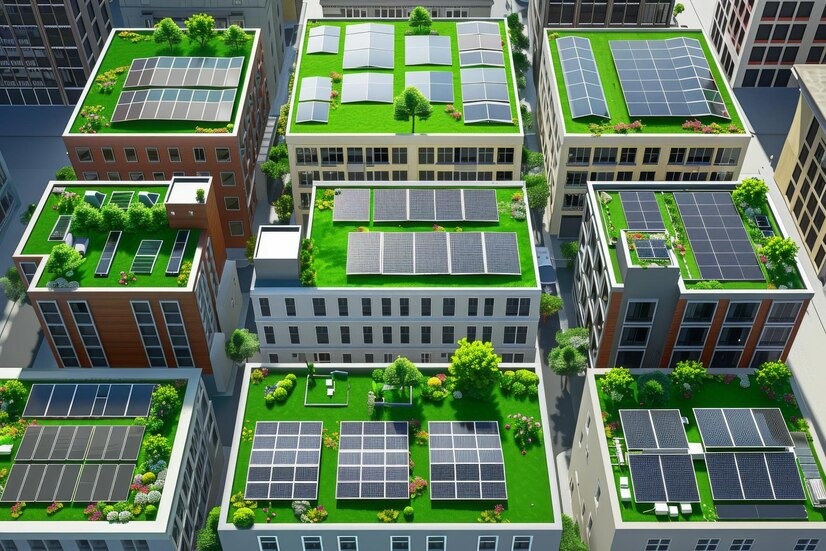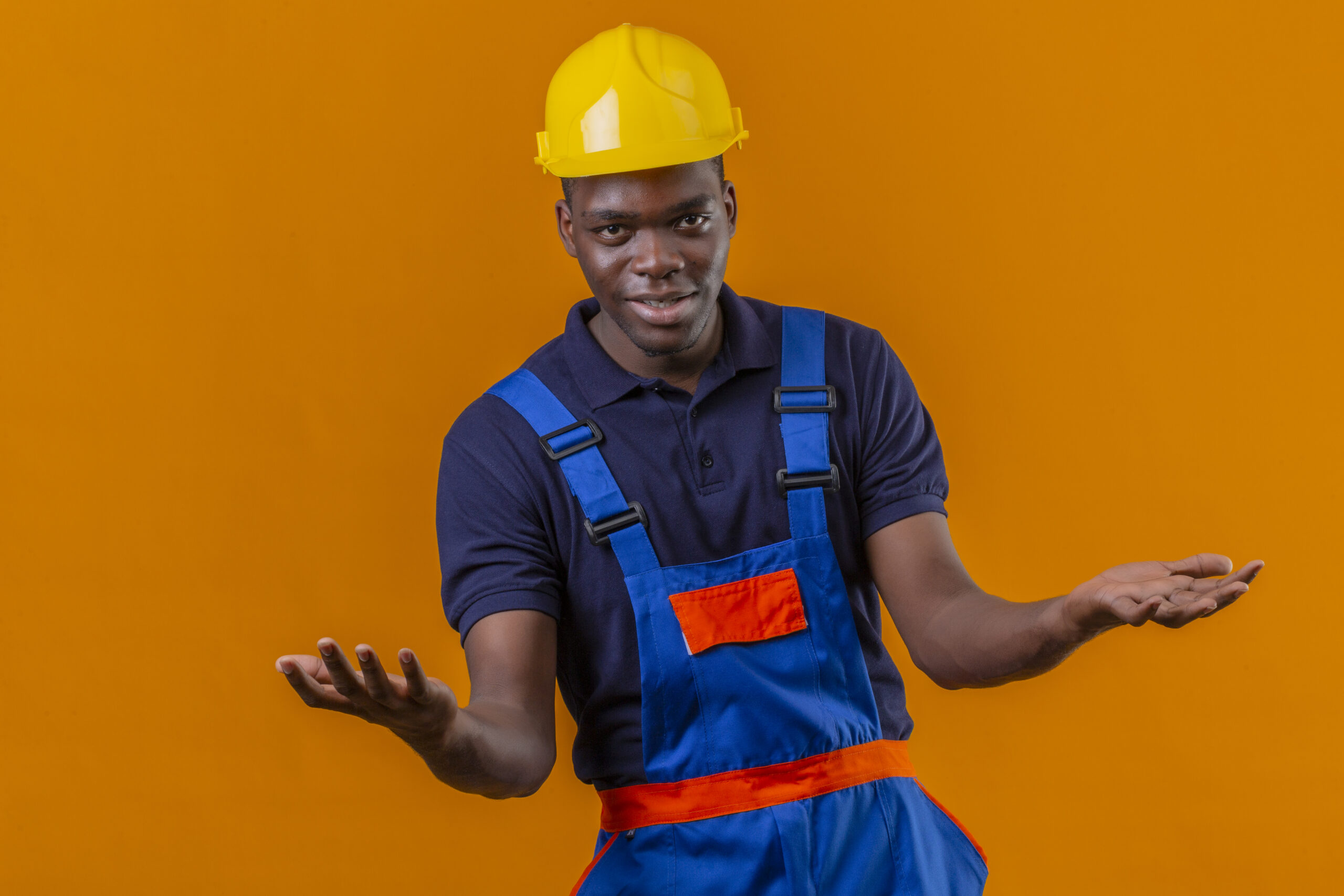Green buildings, also known as sustainable or eco-friendly buildings, are becoming increasingly prevalent in urban areas as society strives to mitigate environmental impact and combat climate change. These innovative structures are designed to minimize resource consumption, reduce carbon emissions, and enhance occupant well-being. Let’s delve into the future of green buildings in urban environments and explore their potential impact.
Green buildings prioritize energy efficiency, utilizing strategies such as passive solar design, high-performance insulation, and energy-efficient appliances to minimize energy consumption. Additionally, sustainable materials, such as recycled steel, reclaimed wood, and low-VOC paints, are utilized to reduce environmental impact during construction.
The future of green buildings lies in the widespread adoption of renewable energy sources such as solar panels, wind turbines, and geothermal systems. These technologies enable buildings to generate their own clean energy, reducing reliance on fossil fuels and decreasing greenhouse gas emissions.
Advancements in smart building technologies are revolutionizing the way green buildings operate. Integrated systems for lighting, heating, ventilation, and air conditioning (HVAC) optimize energy usage based on occupancy levels and environmental conditions. Additionally, sensor-driven monitoring systems track energy consumption in real-time, allowing for data-driven decision-making and continuous improvement.
Biophilic design principles are increasingly incorporated into green building practices, connecting occupants with nature to enhance well-being and productivity. Features such as green roofs, living walls, and abundant natural light create spaces that promote mental and physical health while reducing stress and increasing creativity.
The future of green buildings is intertwined with sustainable urban development initiatives. As cities continue to grow, there is a growing emphasis on compact, mixed-use developments that prioritize walkability, public transit, and access to green spaces. Green building standards are integrated into urban planning strategies to create vibrant, resilient communities with a reduced environmental footprint.
Investing in green buildings yields significant economic benefits in the form of reduced operating costs, increased property values, and enhanced market competitiveness. As awareness of environmental issues grows and regulations become more stringent, there is a rising demand for green buildings among tenants, investors, and policymakers.
In conclusion, the future of green buildings in urban areas is promising. With a focus on sustainability, innovation, and community well-being, these eco-friendly structures are paving the way for a brighter, greener future. By embracing green building practices, cities can create healthier, more resilient environments for generations to come








